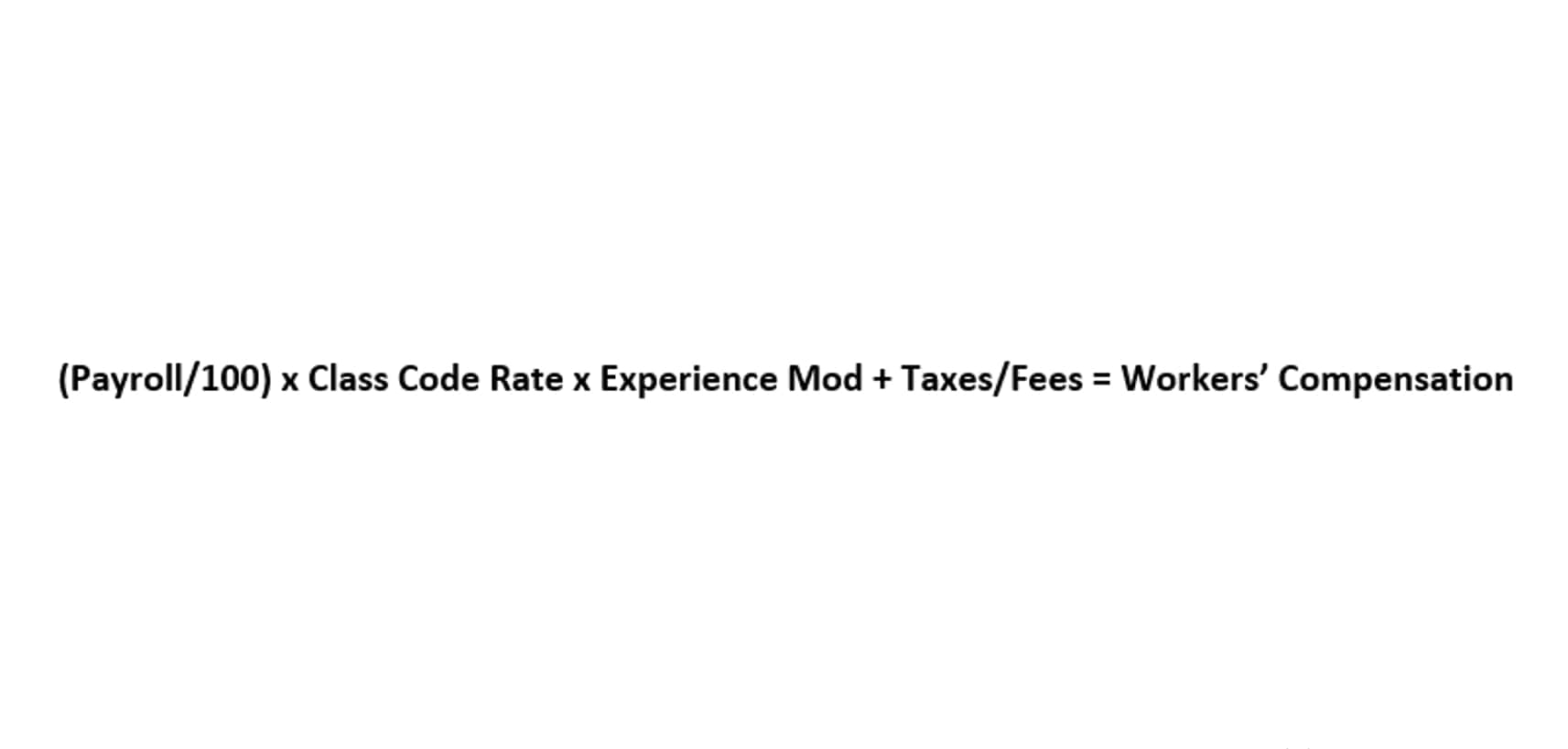
Accordingly this cash flow is shown as part of the cash flow statement under the heading operating cash flow. We could also refer to this as non-cash working capital because the company’s current assets include cash, which we must exclude. Clearly, changes in working capital will have a direct impact on cash flows. Ultimately affecting the company’s ability to carry out its daily operations. On the other hand, negative or no change just means more poor seasons down the road.

Order to Cash
In industries like retail and ecommerce, they often face huge fluctuations in inventory levels. Changes in net working capital can have significant implications for a company’s financial health. For example, if a company experiences a positive change, it may have more funds to invest in growth opportunities, repay debt, or distribute to shareholders. Conversely, a negative change may signal that a company struggles to meet its short-term obligations. Software companies generally tend to have a positive change in working capital cash flow because they do not have to maintain an inventory before selling the product.
- This indicates the company lacks the short-term resources to pay its debts and must find ways to meet its short-term obligations.
- A healthy net working capital position suggests that a company is well-prepared to navigate economic challenges and withstand financial shocks.
- Subsequently without adequate working capital financing in place, this increase in net working capital can lead to the business overtrading and running out of cash.
- Forecasting helps estimate how these elements will impact current assets and liabilities.
- Conversely, a large decrease in cash flow and working capital might not be so bad if the company is using the proceeds to invest in long-term fixed assets that will generate earnings in the years to come.
- This may prove to be evidence of efficient operations or a quicker stock turnover.
Calculating Change in Working Capital
Products that are bought from suppliers are immediately sold to customers before the company has to pay the vendor or supplier. In contrast, capital-intensive companies that manufacture heavy equipment and machinery usually can’t raise cash quickly, as they sell their products gym bookkeeping on a long-term payment basis. If they can’t sell fast enough, cash won’t be available immediately during tough financial times, so having adequate working capital is essential. A high net working capital demonstrates that a company efficiently utilizes its resources.
Automated Debt Collection
Sometimes you need a financial buffer or a strategic injection of funds to manage these fluctuations smoothly. We offer business loans from $5K to $2M with flexible repayment terms up to 24 months. And with features like automatic daily or weekly payments, we try to make the financing part as straightforward as possible so you can focus on running your business. Many profitable businesses have run into trouble because they didn’t manage their working capital effectively and, therefore, their cash flow.
Even though the payment obligation is mandatory, the cash remains in the company’s possession for the time being, which increases its liquidity. To calculate the change in net working capital (NWC), the current period NWC balance is subtracted from the prior period NWC balance. Working capital is a change in working capital formula key component of financial analysis, as it provides insight into a company’s liquidity, efficiency, and profitability. When there is an increase in working capital of a company, it means that the company has more cash available to fund its operations.

The working capital ratio shows the ratio of assets to liabilities, i.e. how many times a company can pay off its current liabilities with its current assets. Non-cash working capital (NCWC) is the difference between current assets excluding cash and current liabilities. Working capital is a tool for assessing a company’s ability to meet its short-term debts. It highlights whether a business can sustain its daily operations without encountering liquidity issues. Ultimately, changes in net working capital impact a company’s cash flow and financial health, highlighting the importance of monitoring these fluctuations for effective financial management. Current liabilities are financial obligations that a company expects to settle within one year or its normal operating cycle.
How To Calculate The Change In Working Capital From A Balance Sheet

The reason is that cash and debt are both non-operational and do not directly generate revenue. Learn more about a company’s Working Capital Cycle, and the timing of when cash comes in and out of the business. To calculate this ratio, you take a business’s short-term money and compare it to all the https://ponnorokom.xyz/2022/06/16/how-to-do-restaurant-payroll-a-step-by-step-guide/ money it has.
What Changes in Working Capital Impact Cash Flow?
You should not just grab these items from the balance sheet and calculate the difference. CFI is the global institution behind the financial modeling and valuation analyst FMVA® Designation. CFI is on a mission to enable anyone to be a great financial analyst and have a great career path. In order to help you advance your career, CFI has compiled many resources to assist you along the path.
- A boost in cash flow and working capital might not be good if the company is taking on long-term debt that doesn’t generate enough cash flow to pay it off.
- It reflects the fluctuations in a company’s short-term assets and liabilities.
- Current assets are any assets that can be converted to cash in 12 months or less.
- As the company grows, it may need to invest more in its working capital to support increased production or inventory levels, resulting in a higher net working capital requirement.
- This article explores the key drivers behind changes in working capital and their implications for businesses striving to maintain financial stability and sustainable growth.
- Generally, yes, if a company’s current liabilities exceed its current assets.
- The concept of net working capital has been a foundational element in financial analysis and business strategy for centuries, evolving as businesses have become more complex and the global economy has grown.
Working Capital Formula & Ratio: How to Calculate Working Capital

First, you’ll need your balance sheet for the end of the current period (say, this quarter) and the balance sheet for the end of the previous period (last quarter). HighRadius is redefining treasury with AI-driven tools like LiveCube for predictive forecasting and no-code scenario building. Its Cash Management module automates bank integration, global visibility, cash positioning, target balances, and reconciliation—streamlining end-to-end treasury operations. HighRadius leverages advanced AI to detect financial anomalies with over 95% accuracy across $10.3T in annual transactions.
